Parth Patil
Reimplementation of Learning to Reweight Examples for Robust Deep Learning
May 11, 2024Abstract:Deep neural networks (DNNs) have been used to create models for many complex analysis problems like image recognition and medical diagnosis. DNNs are a popular tool within machine learning due to their ability to model complex patterns and distributions. However, the performance of these networks is highly dependent on the quality of the data used to train the models. Two characteristics of these sets, noisy labels and training set biases, are known to frequently cause poor generalization performance as a result of overfitting to the training set. This paper aims to solve this problem using the approach proposed by Ren et al. (2018) using meta-training and online weight approximation. We will first implement a toy-problem to crudely verify the claims made by the authors of Ren et al. (2018) and then venture into using the approach to solve a real world problem of Skin-cancer detection using an imbalanced image dataset.
Enhancing Low Resource NER Using Assisting Language And Transfer Learning
Jun 10, 2023Abstract:Named Entity Recognition (NER) is a fundamental task in NLP that is used to locate the key information in text and is primarily applied in conversational and search systems. In commercial applications, NER or comparable slot-filling methods have been widely deployed for popular languages. NER is used in applications such as human resources, customer service, search engines, content classification, and academia. In this paper, we draw focus on identifying name entities for low-resource Indian languages that are closely related, like Hindi and Marathi. We use various adaptations of BERT such as baseBERT, AlBERT, and RoBERTa to train a supervised NER model. We also compare multilingual models with monolingual models and establish a baseline. In this work, we show the assisting capabilities of the Hindi and Marathi languages for the NER task. We show that models trained using multiple languages perform better than a single language. However, we also observe that blind mixing of all datasets doesn't necessarily provide improvements and data selection methods may be required.
L3Cube-MahaNER: A Marathi Named Entity Recognition Dataset and BERT models
Apr 12, 2022
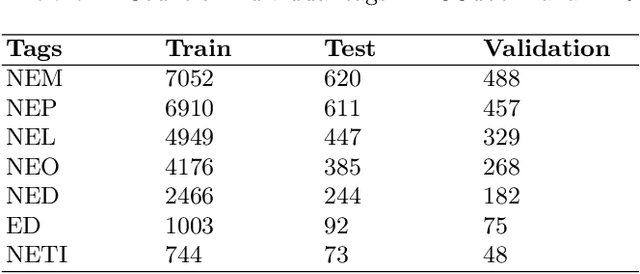
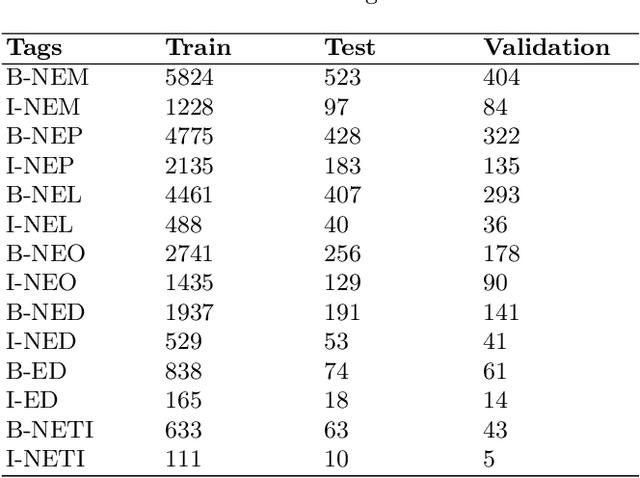

Abstract:Named Entity Recognition (NER) is a basic NLP task and finds major applications in conversational and search systems. It helps us identify key entities in a sentence used for the downstream application. NER or similar slot filling systems for popular languages have been heavily used in commercial applications. In this work, we focus on Marathi, an Indian language, spoken prominently by the people of Maharashtra state. Marathi is a low resource language and still lacks useful NER resources. We present L3Cube-MahaNER, the first major gold standard named entity recognition dataset in Marathi. We also describe the manual annotation guidelines followed during the process. In the end, we benchmark the dataset on different CNN, LSTM, and Transformer based models like mBERT, XLM-RoBERTa, IndicBERT, MahaBERT, etc. The MahaBERT provides the best performance among all the models. The data and models are available at https://github.com/l3cube-pune/MarathiNLP .
Mono vs Multilingual BERT: A Case Study in Hindi and Marathi Named Entity Recognition
Mar 24, 2022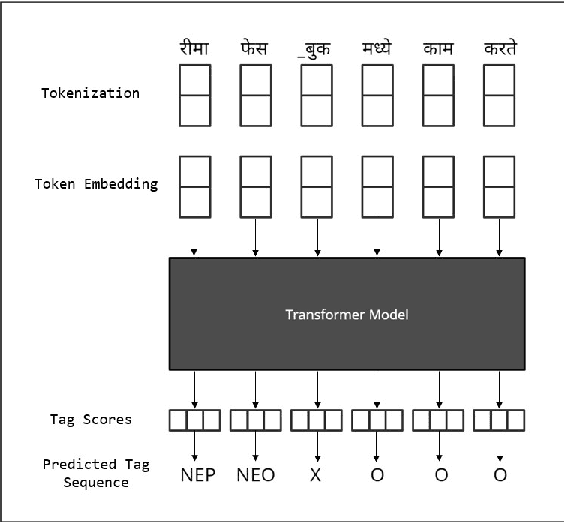

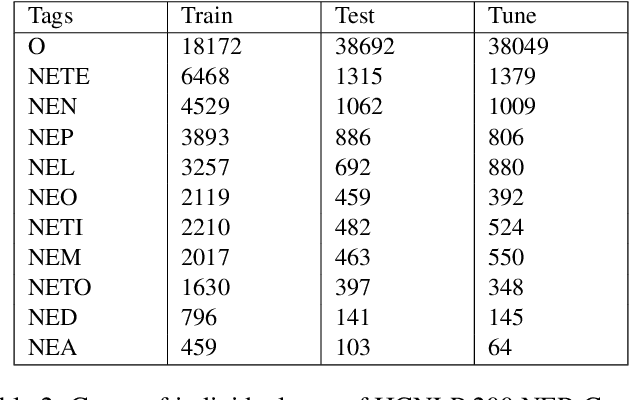
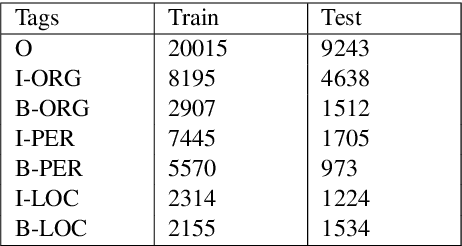
Abstract:Named entity recognition (NER) is the process of recognising and classifying important information (entities) in text. Proper nouns, such as a person's name, an organization's name, or a location's name, are examples of entities. The NER is one of the important modules in applications like human resources, customer support, search engines, content classification, and academia. In this work, we consider NER for low-resource Indian languages like Hindi and Marathi. The transformer-based models have been widely used for NER tasks. We consider different variations of BERT like base-BERT, RoBERTa, and AlBERT and benchmark them on publicly available Hindi and Marathi NER datasets. We provide an exhaustive comparison of different monolingual and multilingual transformer-based models and establish simple baselines currently missing in the literature. We show that the monolingual MahaRoBERTa model performs the best for Marathi NER whereas the multilingual XLM-RoBERTa performs the best for Hindi NER. We also perform cross-language evaluation and present mixed observations.
 Add to Chrome
Add to Chrome Add to Firefox
Add to Firefox Add to Edge
Add to Edge